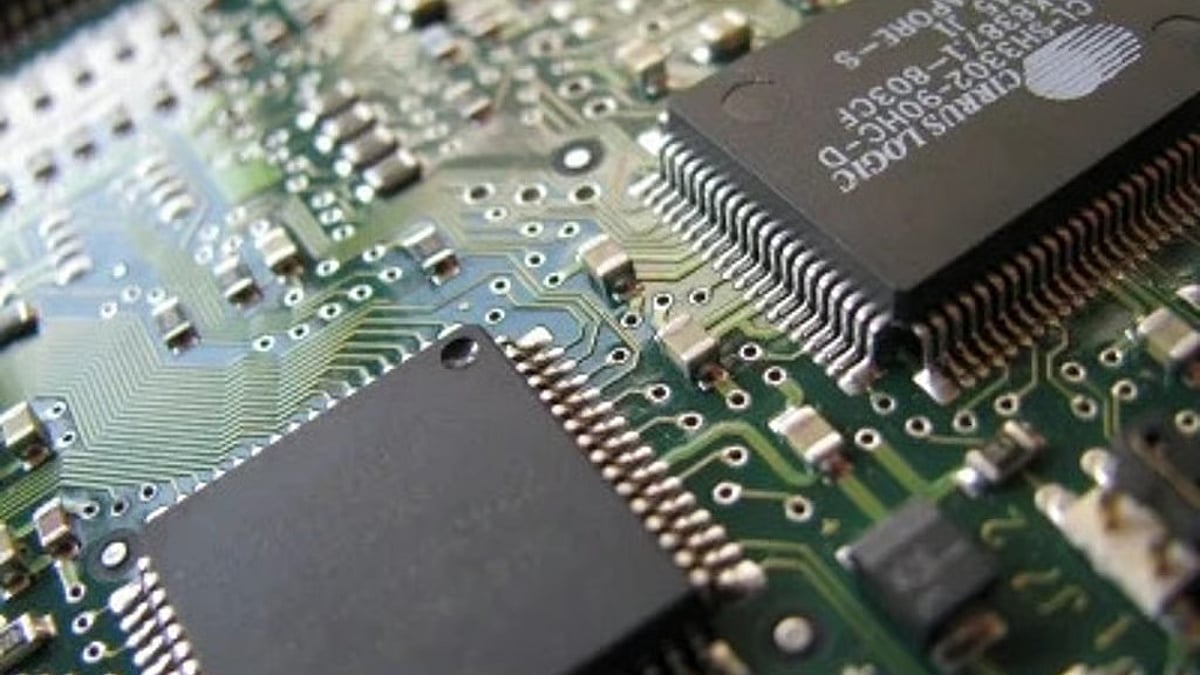For decades, India’s brightest young minds often dreamed of working on technologies that seemed out of reach—chips, rockets, quantum computers.
Those dreams are no longer distant.
Under Prime Minister Narendra Modi, they are turning into reality, stitched into a national story of confidence and self-reliance.
Modi has often said that “science and innovation are the pillars of Viksit Bharat”, and his government has treated this not as a rhetoric but as a roadmap.
In the first 100 days of his third term, we saw decisions that spoke of intent: a ₹1,000-crore fund for space startups, the National Biomanufacturing Policy (BioE3) to build a sustainable bioeconomy, and new systems to strengthen weather forecasting through space and IT integration.
These moves, bold yet practical, signalled that India is not waiting for the world’s future, it is shaping its own. Few things capture this better than semiconductors.
For most Indians, a chip is invisible—it sits inside the phone, the car, the satellite.
But in today’s world, semiconductors are power. They decide whether supply chains survive, whether economies thrive, whether nations remain secure.
For too long, India depended on others for this power. That is now changing.
In August 2025, the Union cabinet approved four new semiconductor units worth nearly ₹4,600 crore in investment.
With earlier approvals, the India Semiconductor Mission has already attracted projects of about ₹1.60 lakh crore across six states—spanning fabs, compound semiconductor plants, and design-linked initiatives.

